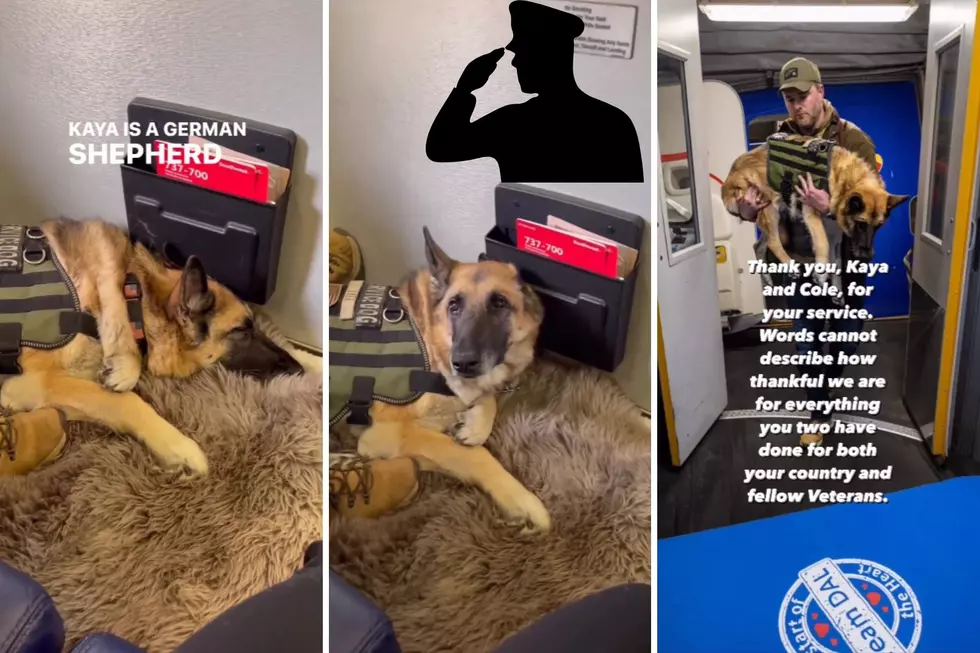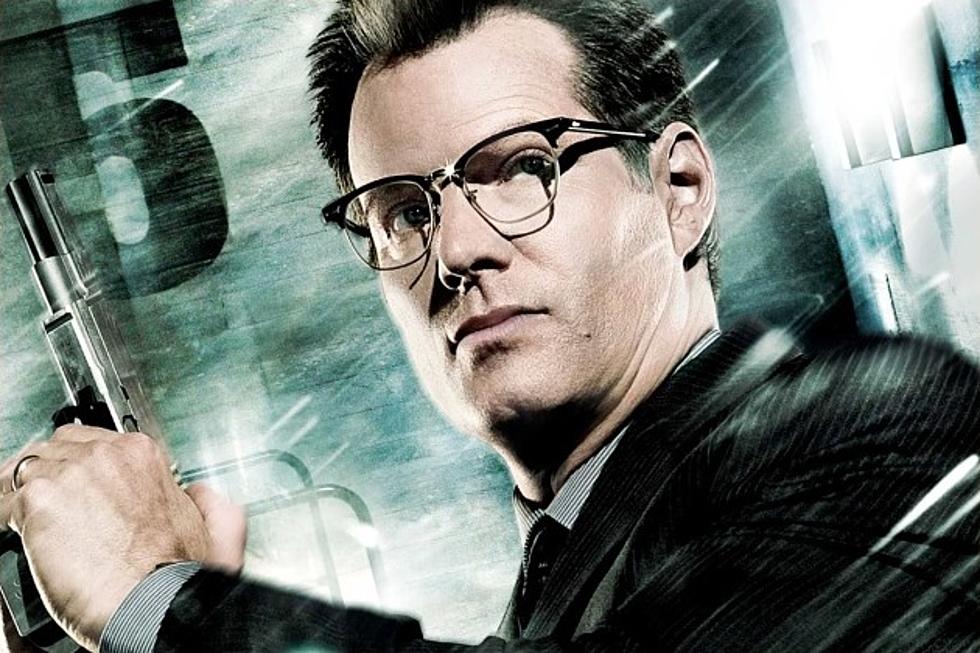
Opinion – Current Events Bring to Mind Heroes of the Past
Before they were called the ‘Greatest Generation’, they were a people who had slowly pulled themselves out of the worst depression and US history. They survived the ‘Dust Bowl’ - not a football game by the way. They wanted nothing more than to mind their own business and stay out of Europe’s troubles. Most American thought that it wasn’t our problem that freedom was being trampled by the ‘Axis Powers’.
Nazi Germany and and other National Socialists regimes were seizing power in Europe while Japan was taking territory in the Pacific region. Some Americans even celebrated the regimes, but thought the fascist had a following, some saw the growing storm.
Thus was born the American Volunteer Group. The AVG's painted 'shark mouth' painted on the squadron's P-40's was an iconic symbol from WWII.
The leader of the AVG was Commerce, Texas native was Claire Lee Chennault. His ground-breaking ideas about aircraft tactics made him enemies in the Army during the 1930’s. He retired in 1937 and went to work as an aviation trainer and adviser in China. Through his efforts, the Chinese were able to reduce the losses to Japanese forces. Soon, a request went out the US Government for planes to counter the Japanese victories and to rebuild the Chinese air force that had be decimated.
The 1st American Volunteer Group were recruited starting on 15 April 1941, when an unpublished executive order was signed by President Roosevelt.[2]A total of 100 P-40Bs were obtained from Curtiss-Wright by convincing theBritish Government to take a later batch of more advanced P-40s in exchange.[2] The group assembled at a Royal Air Force airfield in Burma by November 1941 for training, where it was organized into three squadrons and established a headquarters.[3] The Flying Tigers did not go into combat until after the Japanese attack on Pearl Harbor on 7 December 1941.[2] Under Chennault's command, the Flying Tigers became famous in the defense of Burma and China.[2] It was replaced by the U.S. Army 23rd Fighter Group in July 1942.[4] - Wikipedia
By the time the war was declared a day after Pearl Harbor, Chenault and his ‘Flying Tigers’ were ready to start racking up air victories against the Japanese. The nation needed encouraging stories of response to the attack and the Tigers along with the Tokyo raid by Jimmy Doolitle gave the country hope.
What is not as widely publicized is they way the AVG was treated by the Army Air Corps when they were forced to be integrated.
The success of the AVG led to negotiations in spring 1942 to induct it into the USAAF. Chennault was reinstated as a colonel and immediately promoted to brigadier general commanding U.S. Army air units in China (initially designated China Air Task Force and later the 14th Air Force), while continuing to command the AVG by virtue of his position in the Chinese Air Force. On 4 July 1942, the AVG was replaced by the 23rd Fighter Group. Most AVG pilots refused to remain with the unit as a result of the strong arm tactics by the USAAF general sent to negotiate with them. However, five pilots accepted commissions in China including "Tex" Hill, one of Chennault's most loyal devotees, with others remaining for a two-week transition period. (U.S. airmen and the press continued to use the “Flying Tiger” name to refer to USAAF units in China to the end of the war, and the name continues to be applied to certain air force and army aviation squadrons.) Most AVG pilots became transport pilots in China, went back to America into civilian jobs, or rejoined the military services and fought elsewhere in the war.[26] - Wikipedia
When we think of the those who fought in WWII, let us not forget the men of the American Volunteer Group. Let us also not forget that governments don’t always appreciate our service men and women that give all for our protection and freedom. It is up to us to bring to light their sacrifices, whether it is in our past or in our present conflicts.
More From Mix 97.9 FM








